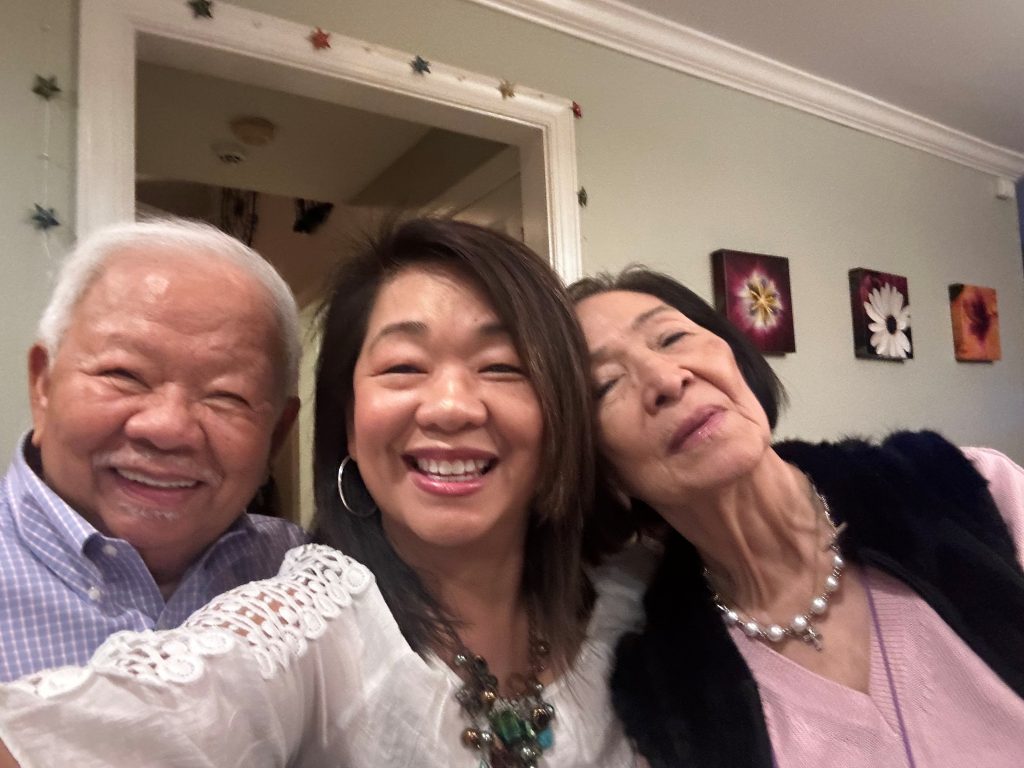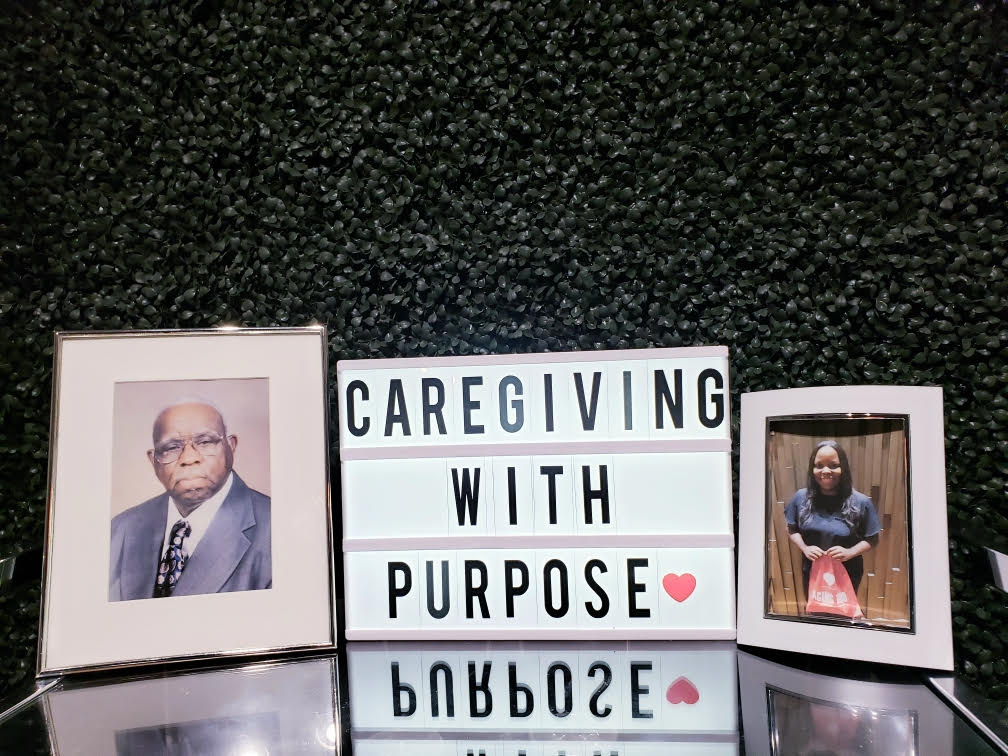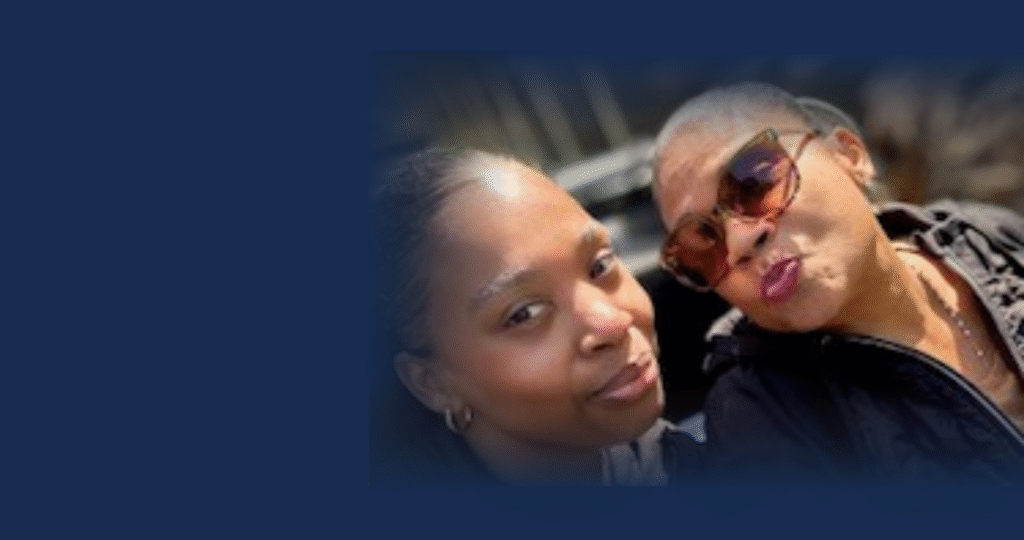In recent years, it has become evident that technology can help older adults to meet certain goals they may have in later life. Those goals, both subjective and wide-ranging, might include getting in better shape, learning new skills and socializing with new people. As people adapt to physical, emotional and social changes as they age, this process might be made easier by embracing the digital world.
Today’s older adults are more tech-savvy than their parents, yet they face many more challenges. Unlike their parents, many will live in good health well into their 70s and 80s, and will make conscious efforts to maintain an active and healthy lifestyle and to stay engaged in society.
Technology can offer older people, their family caregivers and eldercare professionals myriad solutions to the challenges aging can bring. What technologies and applications might be useful?
Telehealth
Early versions of telehealth, or telemedicine, have been around for about 40 years, and recently, the U.S. government has been funding programs to promote telehealth in rural areas. While surveys say that most older adults are open to the idea of trying telehealth, in-person visits were still the most common way of receiving health services up until March 2020.
Then came COVID-19, and suddenly, in-person visits became the least favorable option. Telehealth providers like Teladoc or Doctor on Demand have seen a major increase in consumer demand. It’s safe to assume that some people who used telehealth for the first time because of COVID will prefer to use it after the crisis ends, and the demand for telehealth will be higher than it was prior to the pandemic.
Remote Social Engagement
Loss is a natural part of life—and of aging. Social circles dwindle as people retire and loved ones pass away. Staying engaged in society is challenging when physical mobility becomes a daily struggle, and loneliness and social isolation are issues that negatively impact older adults’ quality of life.
Over time, the Internet has given rise to an abundance of options when it comes to online social interactions; and these were major contributors to the significant increase in Internet and smartphone adoption by older adults. Social media, messaging and video chat apps have never before been more widely adopted by the aging population than in 2020, when older adults are increasingly joining Facebook and other social media platforms, to connect with friends and share content. Zoom, which had been used mostly for business meetings prior to COVID, is now a household name. People who don’t use computers, smartphones or tablets can use their TV or Amazon Alexa for communication with family and friends and for consuming content such as news, music, and other entertainment.
Digital Health
Older adults consume more healthcare services than any other segment of the population. Though digital health startups receive billions of dollars in funding each year, how can these companies best serve the aging population?
Companies like Omada Health tailor specific care programs to each person’s needs, with the purpose of treating specific health conditions like diabetes and blood pressure. They use a variety of devices to monitor a person’s health status (e.g., glucose meter, blood pressure monitor, smart scale) and then create a custom care plan with a professional care coach and other online tools.
On the other end of the spectrum, companies like MyndYou offer access to care professionals who use predictive analytics tools to help them provide better care to patients. Care professionals monitor day-to-day activities such as speaking, walking, driving and sleeping, and detect subtle changes in voice and activity patterns related to elevated hospitalization risk, chronic condition exacerbations and overall health and well-being.
Virtual and Augmented Reality
Virtual reality and augmented reality have been in existence for some time, but despite the “buzz” about them, many of the use cases for this technology still fall under the “nice to have” category.
The aging and tech space will grow and expand due to the current global health crisis.
However, in the past few years, several start-up companies have created interesting uses for this technology. Companies like XR Health use these platforms for at-home telehealth. Physical rehabilitation and pain management are two examples of what can be achieved at home using virtual reality goggles. Rendever is using this technology for reminiscence therapy, while Embodied Labs is helping eldercare professionals gain empathy for their patients’ experiences, and thus provide better care.
Virtual and augmented reality offer some entertaining features, like providing a 3-D user experience for gamers, but the applications of virtual/augmented reality (mentioned above) can perhaps be put to better use in serving older adults’ needs.
Wearables and Hearables
According to a recent AARP survey, more and more older adults are using wearables. Some of these have similar functions to a Personal Emergency Response System device, mainly in detecting falls and alerting an emergency contact or call center. Others, like the Apple Watch, offer not only fall detection, but also many other functions, from tracking fitness to making phone calls. While wearbles’ small screen size means some of them might be challenging to use for elders with hearing impairments and reduced dexterity, wearables still offer enough value to be useful.
One in three older adults between the ages of 65 and 74, and nearly half of those older than age 75, have difficulty hearing. Hearing problems not only disrupt communication, but have also been linked to cognitive decline. Hearing aids are as necessary as corrective lenses, however, older models of hearing aids proved uncomfortable to wear and were so poorly designed that many people preferred not to use them.
Hearables are smart headphones, designed to assist with hearing. Though people may hear one particular sound in different ways, depending on individual physiological differences, hearables tailor the hearing experience to the individual wearer’s hearing, usually via an easy-to-use app. Products like IQBuds improve the experiences of having conversations in a loud environment, in having phone conversations or if watching TV.
Many tech companies in recent years have come up with fantastic offerings for older adults, family caregivers and eldercare professionals. COVID-19, while not directly responsible for the innovative solutions described above, is definitely an adoption accelerator and a remover of regulatory barriers. Perhaps some of the existing trends in the aging and tech space will grow and expand due to the current global health crisis.
Keren Etkin is a gerontologist and co-founder and vice president, Product, at Clanz, in Tel Aviv. She blogs at TheGerontechnologist.com.













